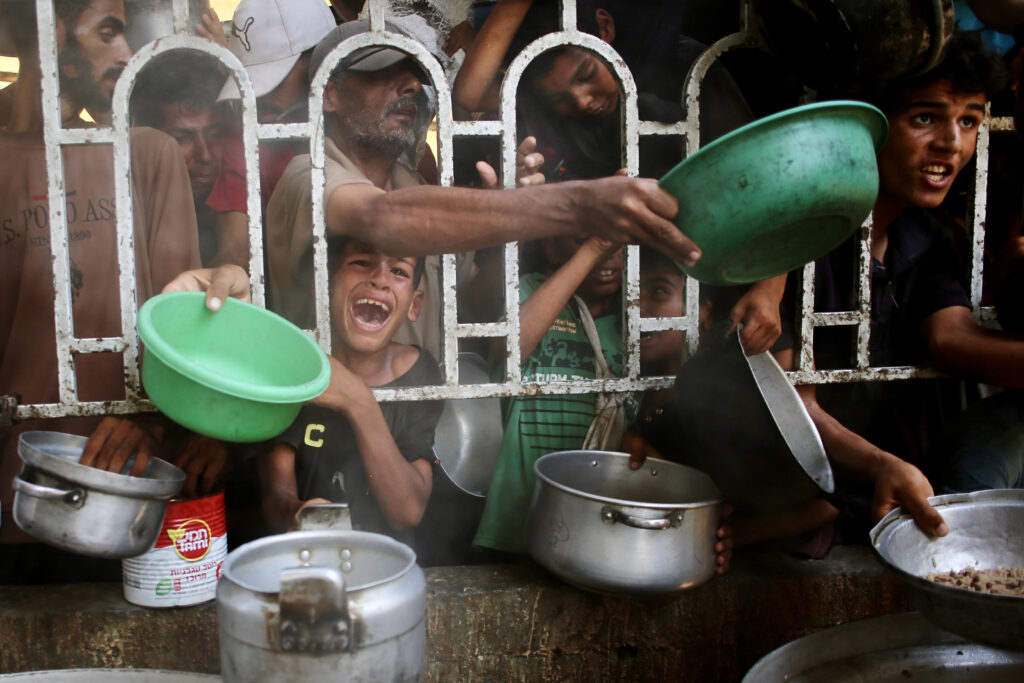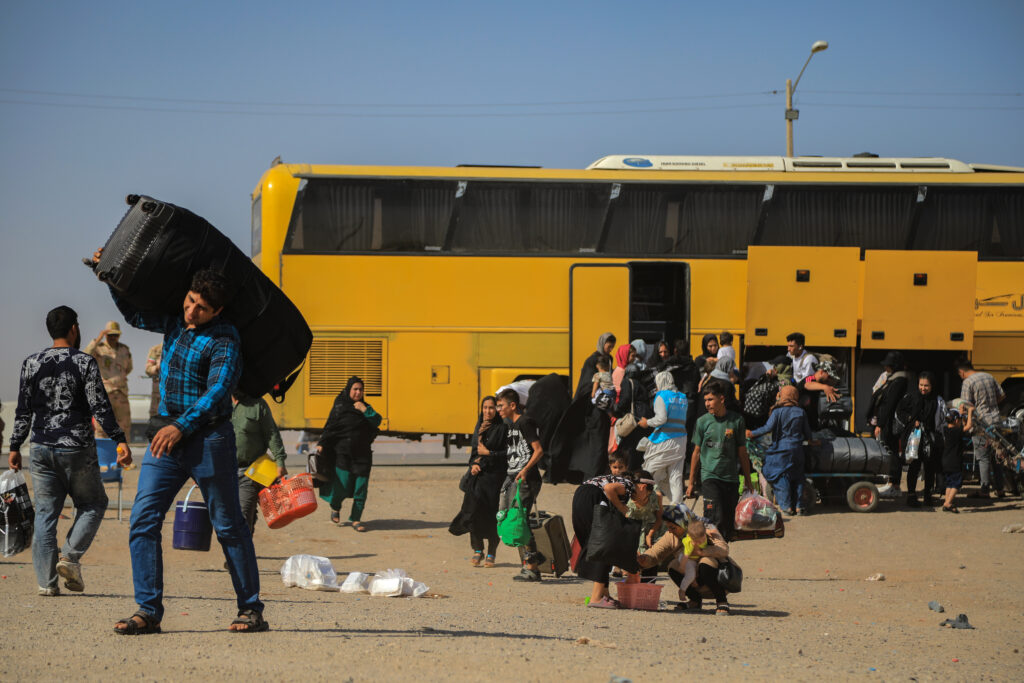Fraude à l’impôt sur les dividendes: Eric Lombard retire une disposition contestée de Bercy
Le ministre de l’Economie Eric Lombard a annoncé jeudi le retrait d’un texte d’application de Bercy contesté par des parlementaires, qui y voient une brèche dans un dispositif de lutte contre le contournement de l’impôt sur les dividendes.C’est l’épilogue de plusieurs semaines de passes d’armes entre Bercy et des sénateurs et députés qui accusaient le gouvernement d’avoir altéré ce dispositif voté dans le budget 2025 et visant à lutter contre la fraude aux dividendes, dite “CumCum”.Ce stratagème d’évasion fiscale consiste, pour des actionnaires étrangers d’entreprises françaises, à confier temporairement leurs actions à un tiers français – généralement une banque, moyennant rétribution – au moment du versement des dividendes. Cela leur permet d’échapper au prélèvement à la source de l’impôt dû en tant que non-résident.Le mécanisme voté dans le budget 2025 permettait de remédier à cette faille en imposant que la retenue à la source s’applique aux “bénéficiaires effectifs”. Mais le texte d’application publié par l’administration fiscale, qui dépend de Bercy, permettait des exceptions, notamment lorsque les banques ne connaissent pas les bénéficiaires des dividendes ou en exonérant les “marchés réglementés” d’appliquer cette disposition. Ce texte avait été pris sur la base d’un avis du Conseil d’Etat, assure Bercy.”J’ai décidé de retirer le texte en question, le paragraphe 4 pour être précis”, car cette disposition “a été considérée par le Sénat comme portant le risque de dénaturer le texte, ce qui n’était évidemment pas l’objet”, a déclaré Eric Lombard, affirmant agir dans “un esprit de compromis”.Il s’exprimait aux côtés du président de la commission des Finances du Sénat, Claude Raynal (PS), et du rapporteur général de cette commission, Jean-François Husson (LR) qu’il avait rencontrés plus tôt alors que la chambre haute était à l’origine de la mise en oeuvre de cette disposition législative, votée dans le cadre du budget 2025. Ces derniers ont salué la décision d’Eric Lombard. Jean-François Husson y a vu notamment un “signal fort” envoyé aux Français et à “celles et ceux qui pratiquaient une fraude organisée”. – 4,5 milliards d’euros -Cette marche arrière intervient après que le ministre de l’Economie, interrogé à plusieurs reprises sur le sujet ces dernières semaines, avait démenti toute faille dans la lutte contre la fraude et défendu la conformité du texte d’application par rapport à la loi. Le dossier avait aussi pris de l’ampleur à l’aune des débats budgétaires dans le cadre du futur projet de budget 2026 pour lequel le gouvernement recherche 43,5 milliards d’euros d’économies. Selon Jean-François Husson, cette “délinquance en col blanc” représenterait un manque à gagner d’environ 1,5 à 2 milliards d’euros sur 2025. Outre d’éventuelles économies, la pratique de la fraude “CumCum” est surtout dans le viseur de la justice. Le parquet national financier (PNF) a ouvert plusieurs enquêtes. Il a perquisitionné cinq établissements financiers à ce propos en mars 2023: BNP Paribas, Exane (gestionnaire de fonds, filiale de BNP Paribas), Société Générale, Natixis (filiale de BPCE, rassemblant les Banques populaires et les Caisses d’épargne) et HSBC.Des “procédures de redressement” visent “cinq établissements de la place pour un montant de 4,5 milliards d’euros” et sont en cours, ce qui signifie que l’argent n’a pas encore été récupéré, a rappelé Eric Lombard, sans les nommer. Le nouveau texte d’application de Bercy grevé des dispositions litigieuses sera republié jeudi, a-t-il précisé, en rappelant que la lutte contre la fraude fiscale a rapporté “plus de 10 milliards d’euros” en 2024.”Nous allons renforcer l’année prochaine les moyens qui seront donnés à cette maison pour lutter contre la fraude, notamment la fraude fiscale”, a-t-il poursuivi.Dans une réaction transmise à l’AFP, la Fédération bancaire française (FBF) a indiqué prendre acte de la décision de Bercy de retirer son texte d’application qui permettait pourtant de réduire des “incertitudes”. Supprimer cette disposition “ne crée pas des conditions favorables à la sauvegarde d’un marché de capitaux efficient et souverain” et constitue “un frein aux activités financières conduites sur la place de Paris, sources d’importantes recettes fiscales”, selon la FBF, qui redoute un “impact négatif sur les comptes publics”.





